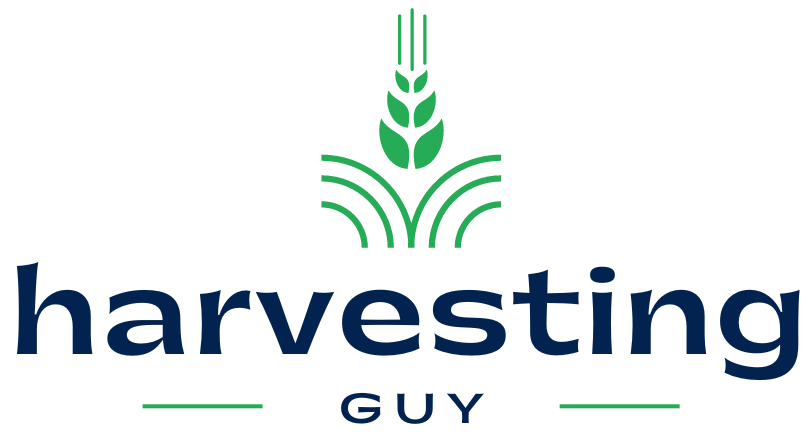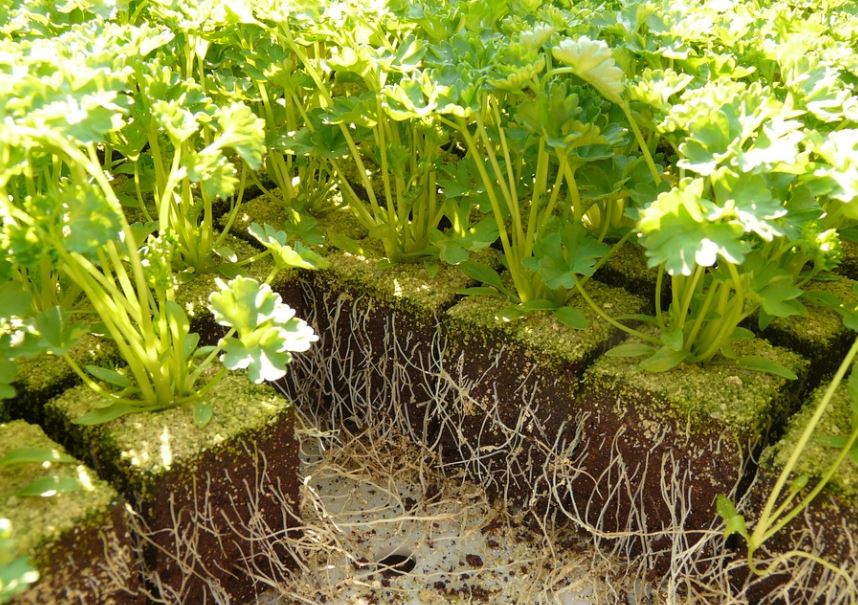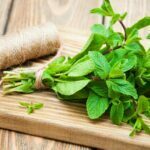If you are determined to grow your own parsley, you need to know a few essential things, including how to harvest parsley. Though the process isn’t complicated, if you are unsure how to go about it, you could kill your plant before you even get the chance to try it.
Parsley is a biennial but is usually grown as an annual plant. While it is often used as a garnish, parsley has more to give; it is high in vitamins C and A and iron. In addition to its nutrients, parsley is versatile enough to be added to numerous recipes, including desserts and drinks, for a kick of freshness.
Though it may seem a little intimidating, harvesting parsley is quick and easy, and you can do it all summer long. As long as you follow a few simple guidelines and make sure you have the right tools, you have nothing to worry about. Learn how to harvest parsley the right way.
How to Harvest Parsley
How To harvest Parsley for leaves.
- Once plants are large enough, you can cut or break off outer stems as needed. Leave the inner stems and leaves to keep growing. It’s a good rule always to leave ½ – ⅔ of the plant intact when harvesting.
- You’ll want to pick the stems at their base whenever you pick parsley. This will connect to the central stem if one is right at the soil level. You can either harvest individual leaves or take entire stems.
- Picking stems this way encourages your plants to put out more stems and leaves. If you pull individual leaves off, the plants won’t be as vigorous, and you won’t get as good a yield.
- Give your parsley about a week to recover after you harvest from it. Once the inner stems look mature, have larger leaves, and notice new stems shooting out, you can harvest again.
How To Harvest Parsley for Seeds.
- You first need to know that parsley plants do not produce seeds during the first year of growth.
- For seed development, you will have to be a little patient. Monitor mature plants closely once they enter the second year of growth.
- Removing any weak or imperfect parsley plant at the end of the first season is advisable to make the most of your plants and get a bountiful harvest. Doing so will make the second-year growth stronger and healthier and produce high-quality seeds.
- Once the seed heads have darkened and are ready, you can remove them from the plant by cutting the stem right below the seed head. You can use scissors or pinch the plant between your thumb and index finger to remove seed heads.
- Place your harvested seed heads in a paper bag to dry. Once fully dry, shake the bag to cause the seeds to separate from their heads and drop them into the bag.
How To Harvest Parsley for Fall.
- Harvesting parsley in this way will keep your plants producing for weeks and sometimes months.
- However, at some point, your plants will start to lose vigor, and leaves will begin turning yellow. But if you notice plants doing this or a hard frost is coming at the end of the season, you can harvest the whole plant to use any remaining good leaves.
- You cut the plants off at their base, where the stems meet the soil. Sort through the parsley and take off nice, healthy-looking leaves to use, discarding any yellow or brown ones.
- Alternatively, if you live somewhere with mild winters, you can leave your plants intact, so they’ll return in the spring.
How do you harvest parsley without killing the plant?
To harvest parsley without killing the plant, use a sharp pair of clean kitchen shears or scissors to make a clean cut. This will ensure that the cut is clean and help to prevent damage or disease.
Will parsley grow back after cutting?
Parsley is one of the fastest-growing herbs so you will trim it many times per season. Each time you prune its stems, it will grow to full size after two to three weeks.
Where do you cut parsley when harvesting?
When harvesting stems, cut at the base of the stem instead of snipping the top. Cutting parsley stems near the base of the plant encourages growth, allowing your plants to grow bushier. Make sure you use a sharp pair of sterilized scissors or garden shears to cut the stems neatly.
Recommended Product: Bypass Pruning Shears
No products found.
Quality blade made of Premium Titanium steel with Ultra-fine Polishing Technology. Ergonomically designed non-slip handles are strong, lightweight, and comfortable.
Sap groove design to help keep pruning shears from sticking by channeling off sap. Pruners can cut up to 3/4″ diameter size tree branches.
Features:
- Premium Titanium steel
- Ultra-fine Polishing Technology
How do you pick parsley easily?
Harvesting parsley fresh from the garden is easy. You can pinch off a few leaves as you need them or cut the entire stem.
It takes between 70 and 90 days of growth before the plants are ready for parsley harvesting. The plants should have ample foliage. In some regions, seeds can be planted in the fall for early spring parsley harvesting and in late winter for early summer harvest.
How often can you harvest parsley?
Parsley is a cut-and-come-again plant, meaning you don’t have to harvest it all at once. You can cut stems from it over and over again throughout the entire growing season.
What can you do with fresh parsley?
Freshly harvested parsley leaves and sprigs can be used immediately or kept in the refrigerator for a few days. Fresh parsley it’s fantastic sprinkled over eggs, salads, etc. You should know that you can also eat parsley stems, which are tender enough to eat. So you can use the entire sprig, stem, and all, or pluck the leaves if you prefer.
Should you harvest parsley after it flowers?
Once it flowers, the leaves won’t taste as good. So it’s best to harvest the entire plant when parsley starts to bolt.
You can cut it at the base to collect all remaining stems at once or pull the whole plant out of the ground before cutting them off.
How to store parsley
At room temperature
- You can keep your harvest fresh for the short term by storing it at room temperature in water.
- The trick is to bundle the stems together and snip the ends.
- Place the stems in a glass or vase with about 1 to 2 inches of water.
- Cover the leaves using a plastic bag and leave them on the counter. Your harvest will remain fresh and wilt-free for 2 to 3 days—Wash parsley before using.
Recommended Product: Mason Jars with Lids
No products found.
These mason jars with silver lids are made from food-grade materials. Great for food storage. These attractive style quilted jelly jars are ideal gifts.
They are great for canning, pickling, candles, jelly beans, jams, jellies, lotions, drinks, and more—thick 16 oz glass jars with food-safe, corrosion-resistant lids – material that meets certified safety standards.
Features:
- Corrosion-resistant lid
- 16 oz glass jars
In the fridge
- Start by washing the stems thoroughly to remove any dirt or dust.
- Use a couple of paper towels to dab the sprigs dry.
- Use the paper towels to cover the sprigs loosely and store them in a sealable bag.
- Place the bag in the refrigerator.
- Fresh parsley stored in this manner will last for 3 to 5 days.
Recommended Product: Solimo Gallon Food Storage Bags
No products found.
Solimo Food Storage Bags are available in both the Freezer and Storage type with a wide variety of sizes, including Snack/Sandwich/Quart/Gallon.
Features:
- Holds 1 gallon
- BPA free
- Double zipper closure
In the freezer
You can freeze whole sprigs for later use or freeze-cut parsley in an ice cube dish with a little water to bind the leaves together. It is essential to mention that while frozen parsley will retain its flavor, it will lose its crisp texture. It is best to use frozen parsley within six months.
Additional Tips on How to Harvest Parsley
- Always avoid cutting the plant from the middle of the growth, especially when you need a few small sprigs for daily use.
- You may notice some young seeds still stuck inside the seed heads. Allow these seeds to mature a bit longer by setting them in the sun for a few days.


